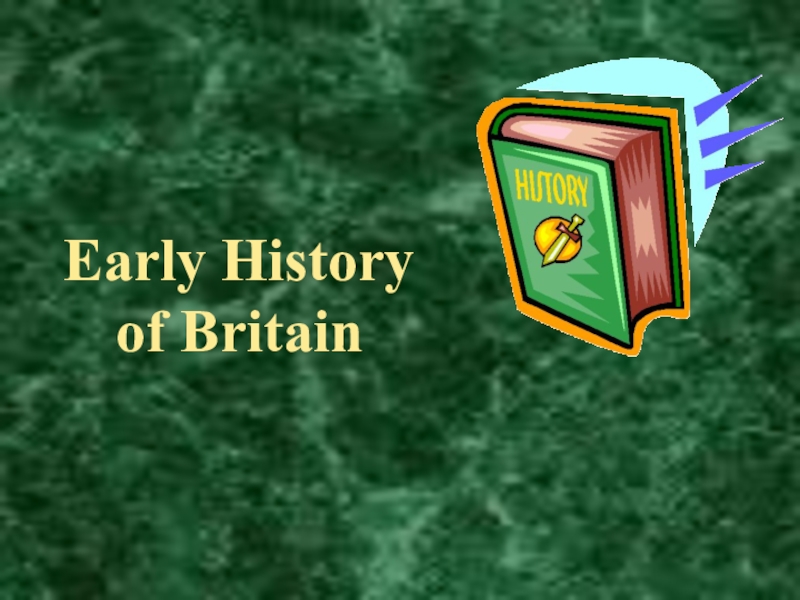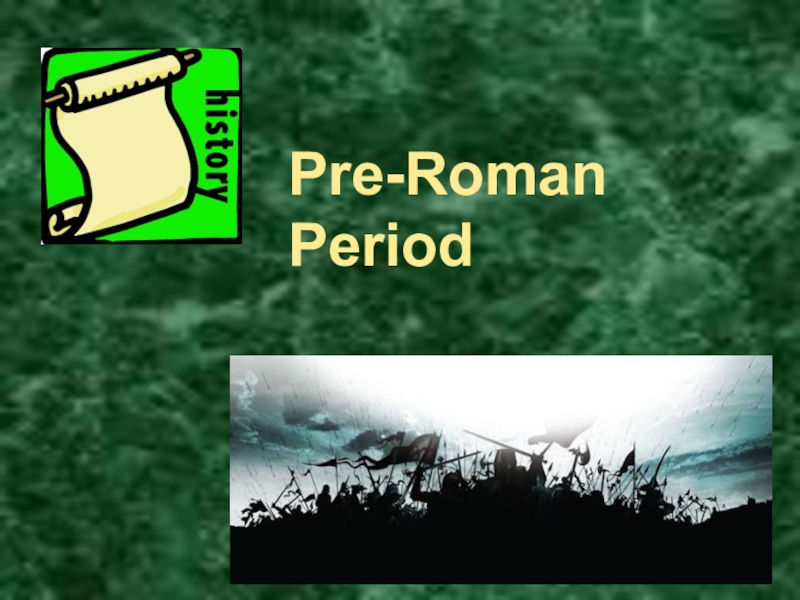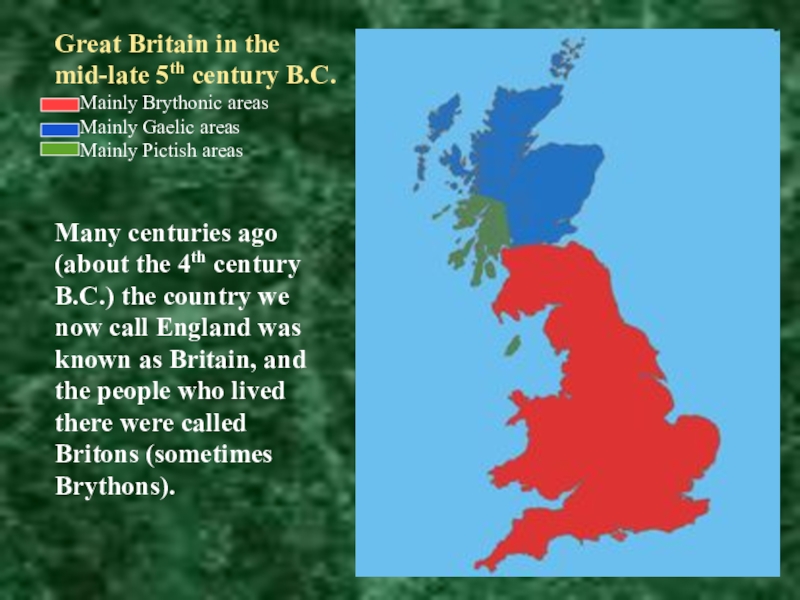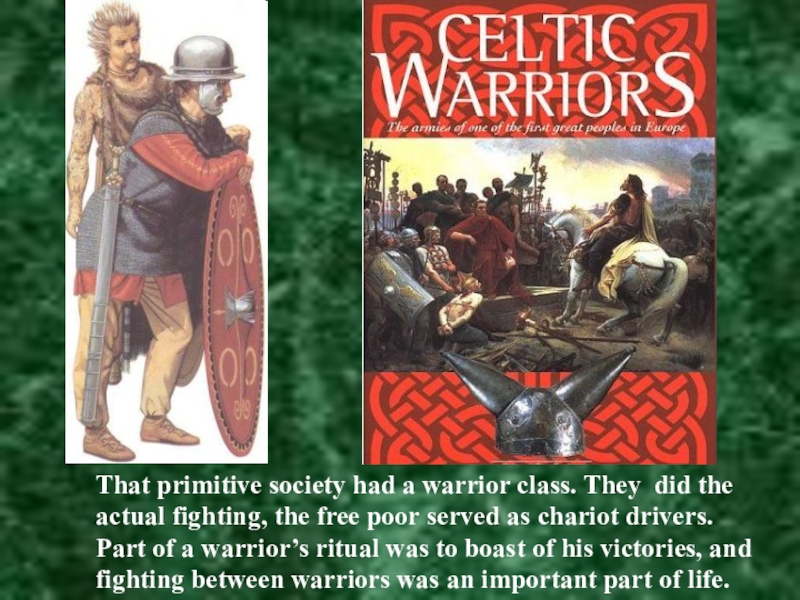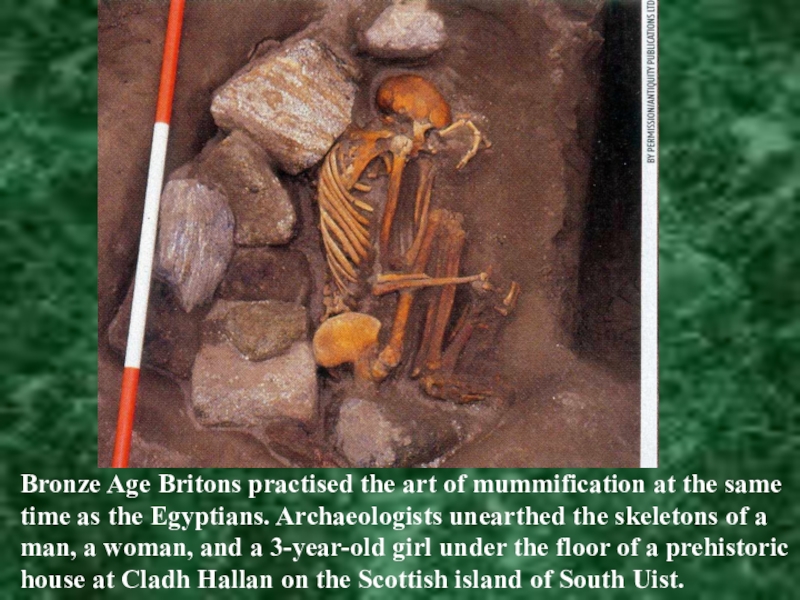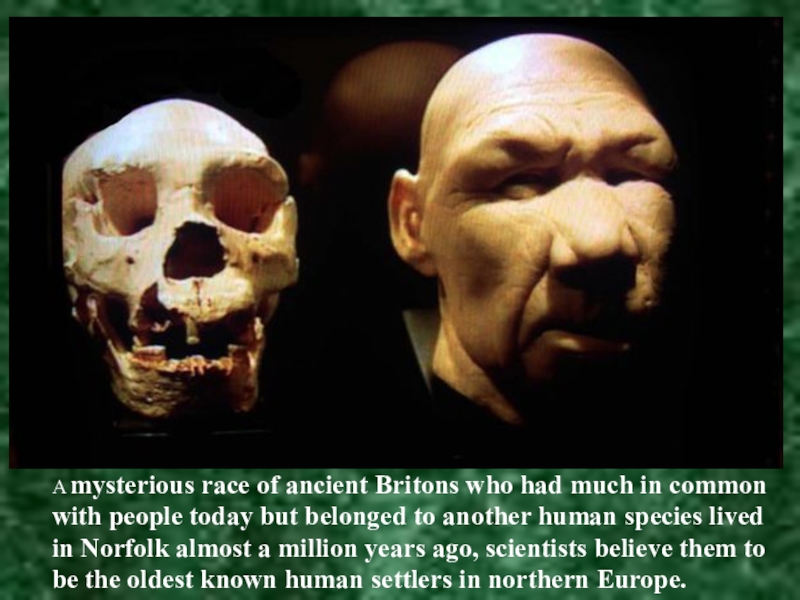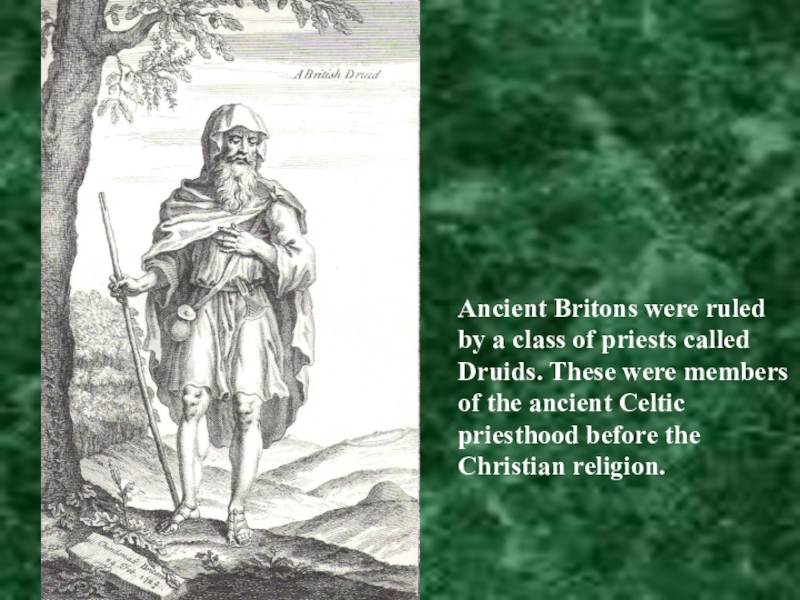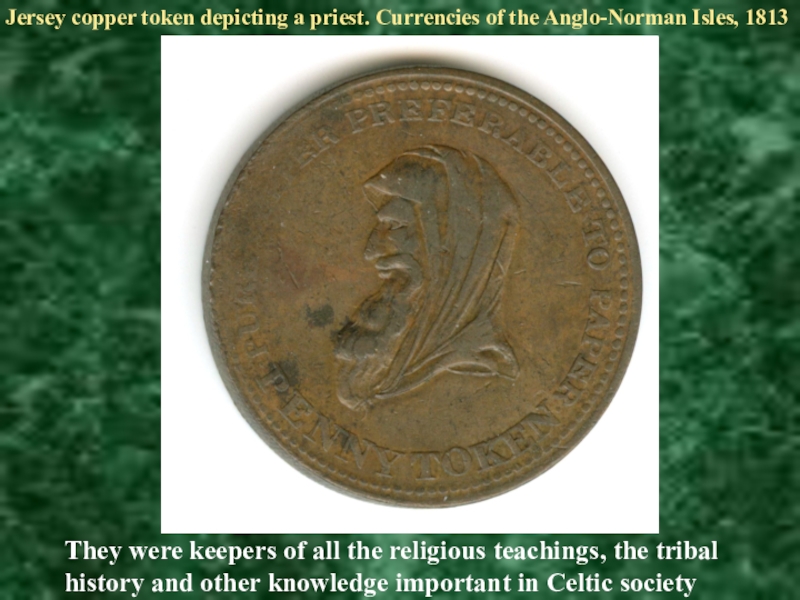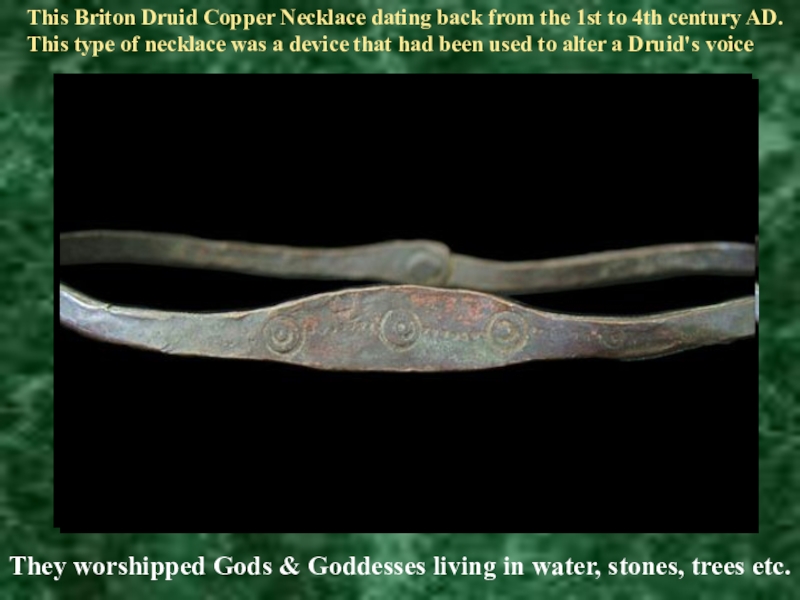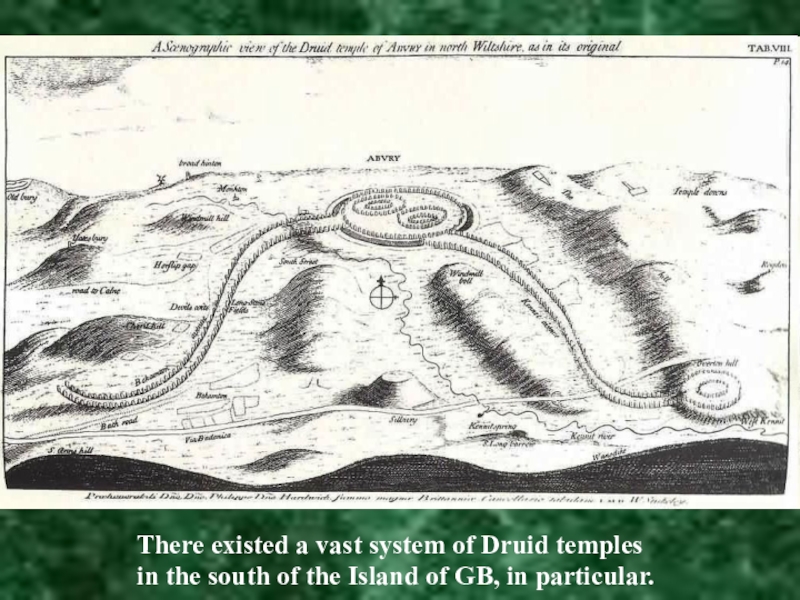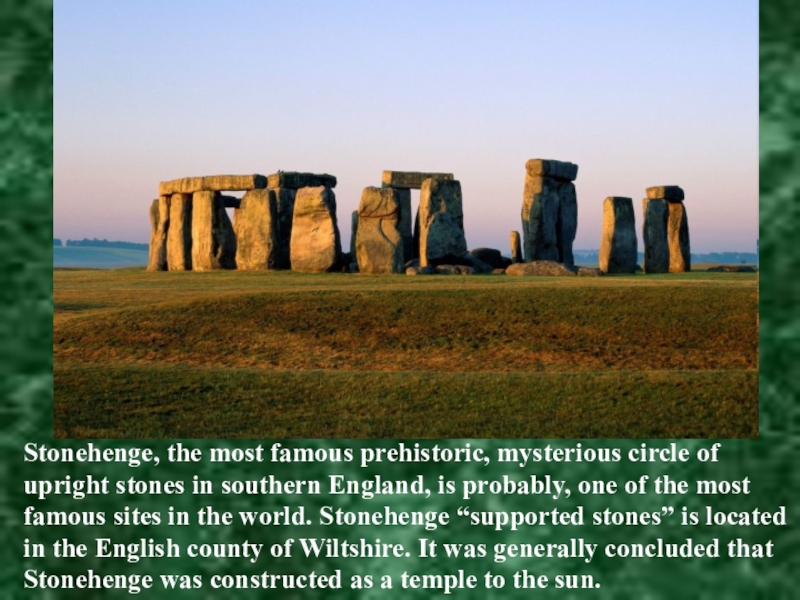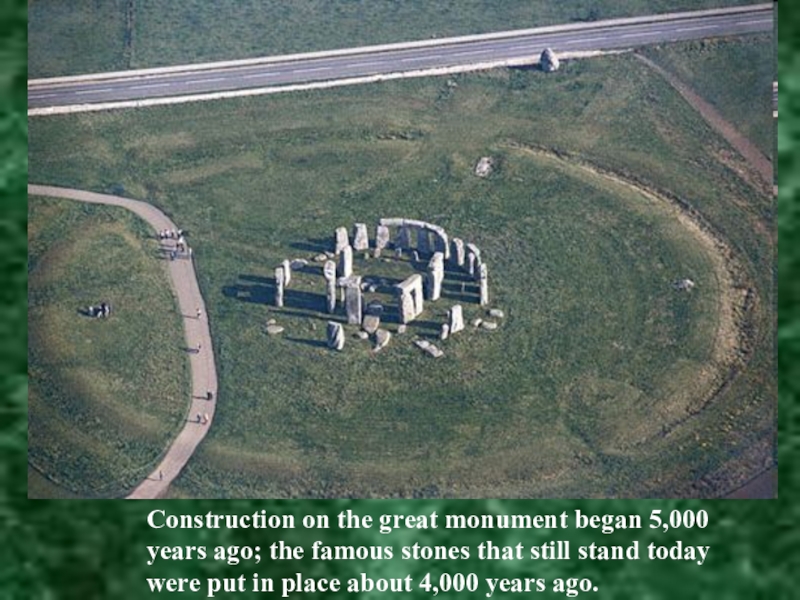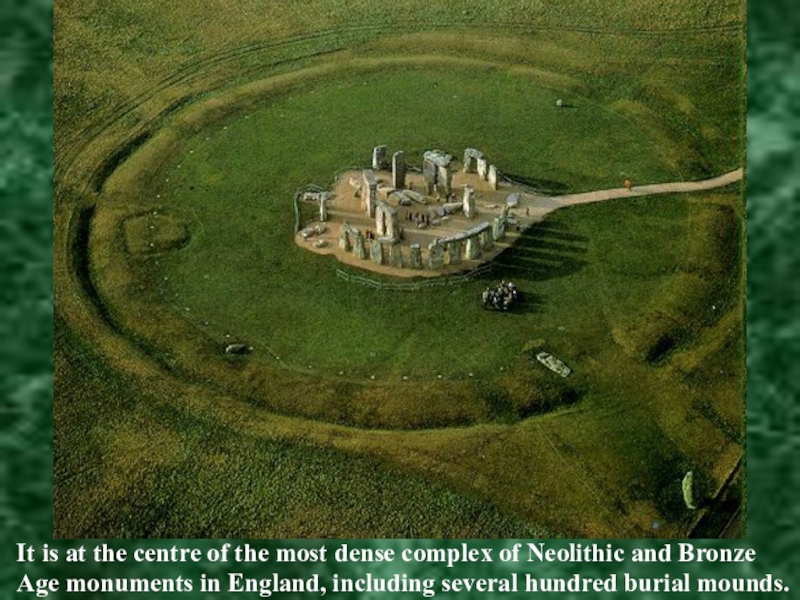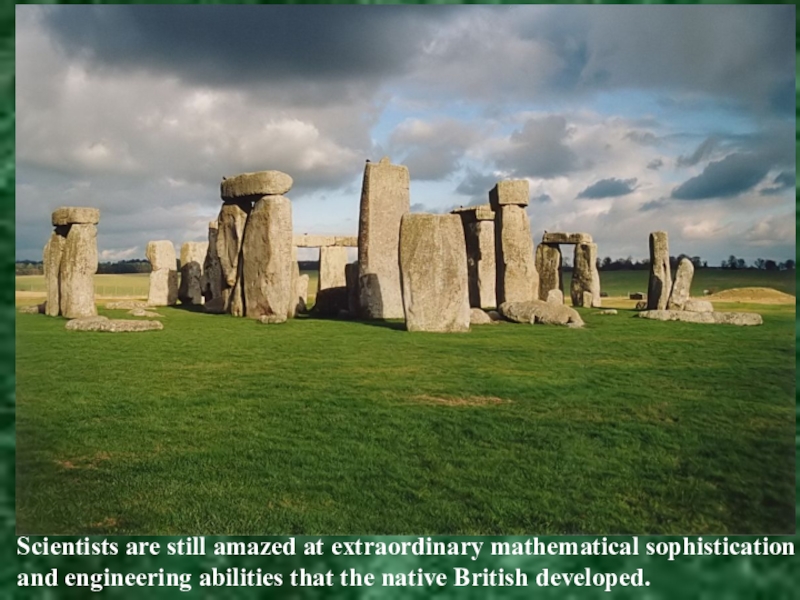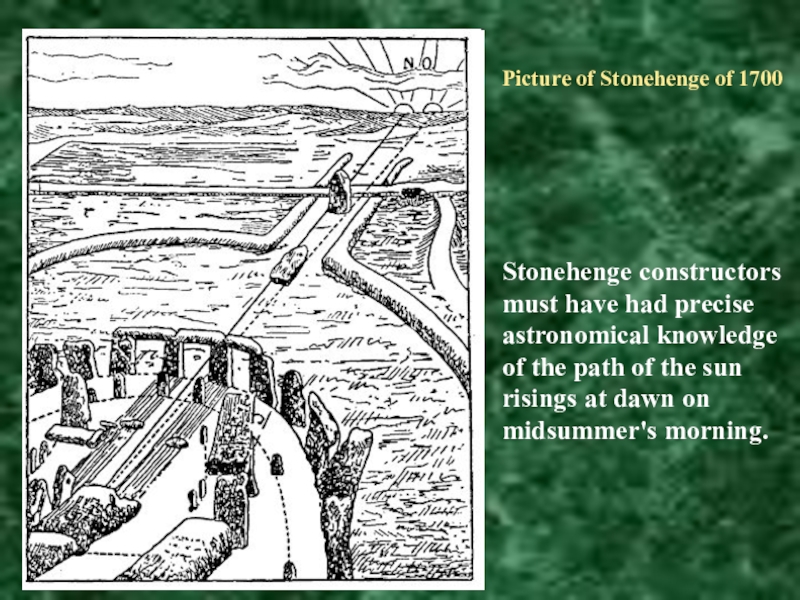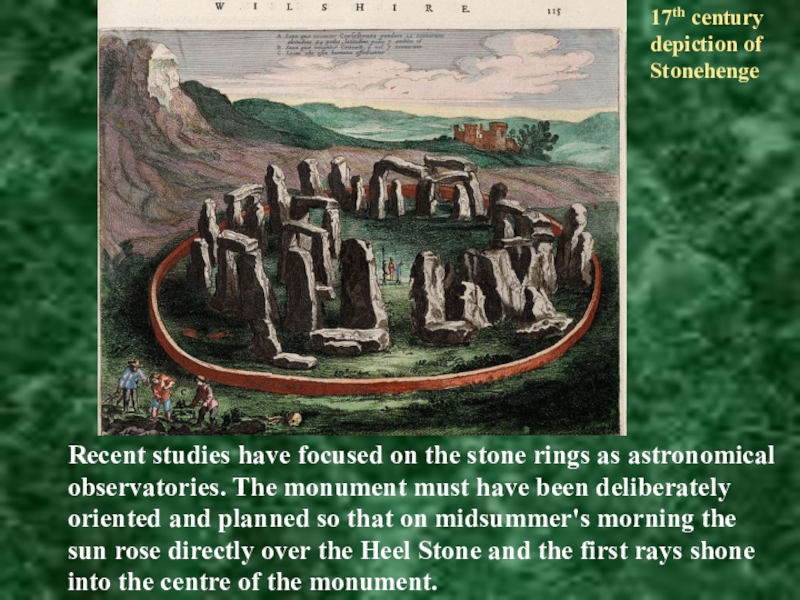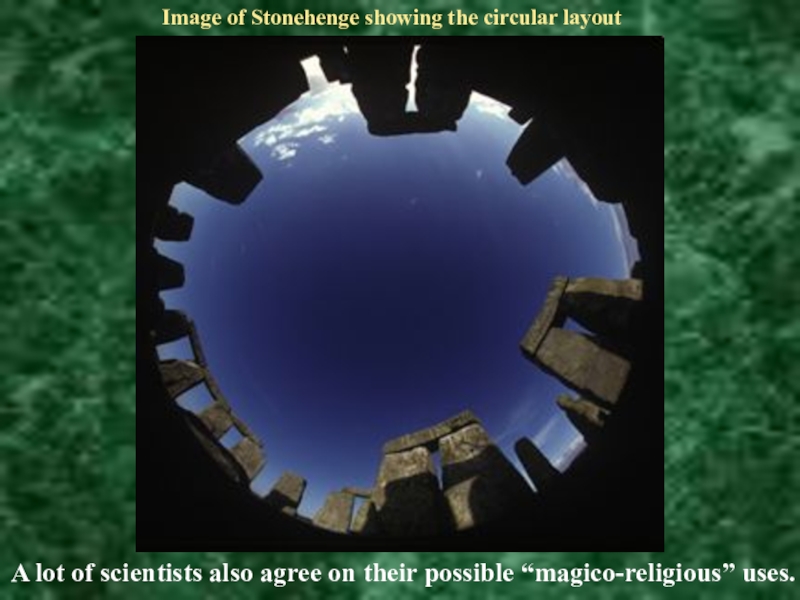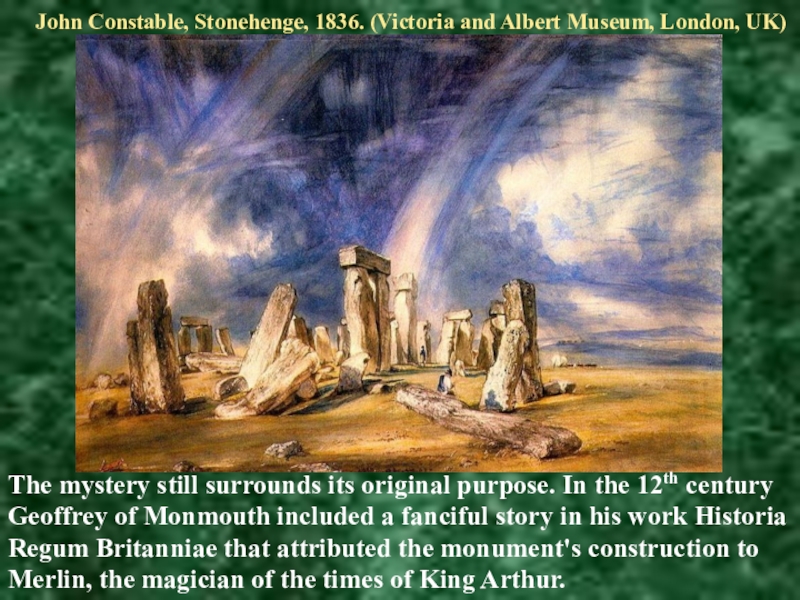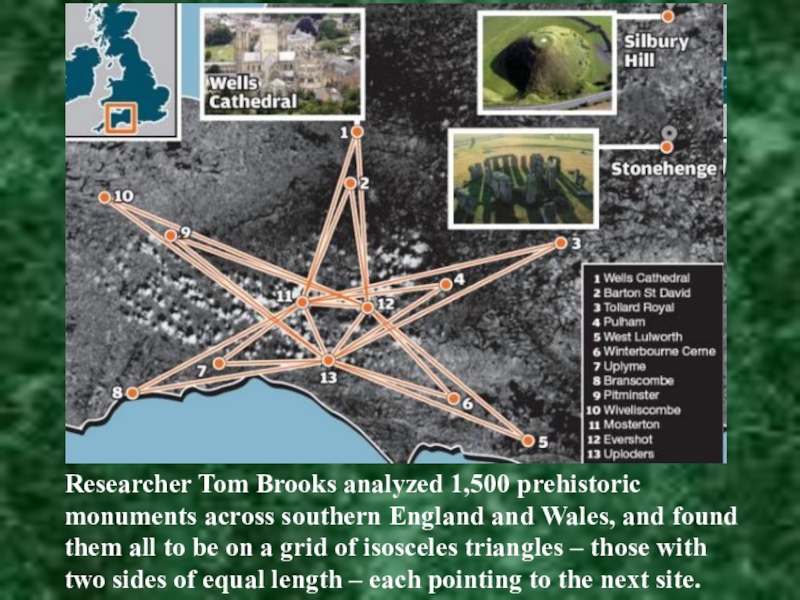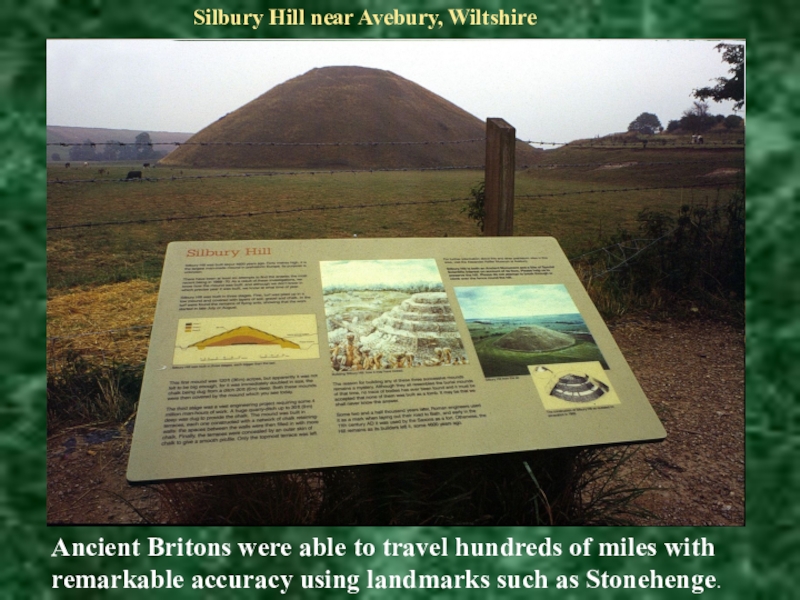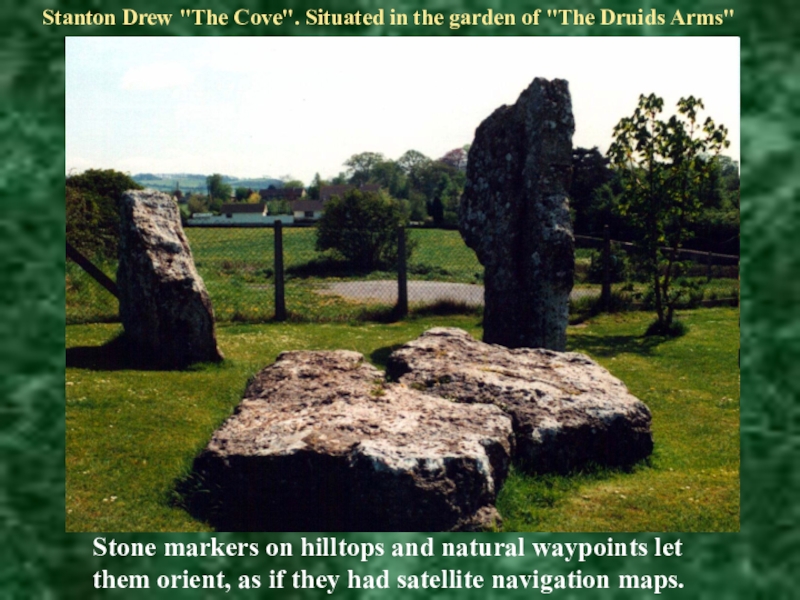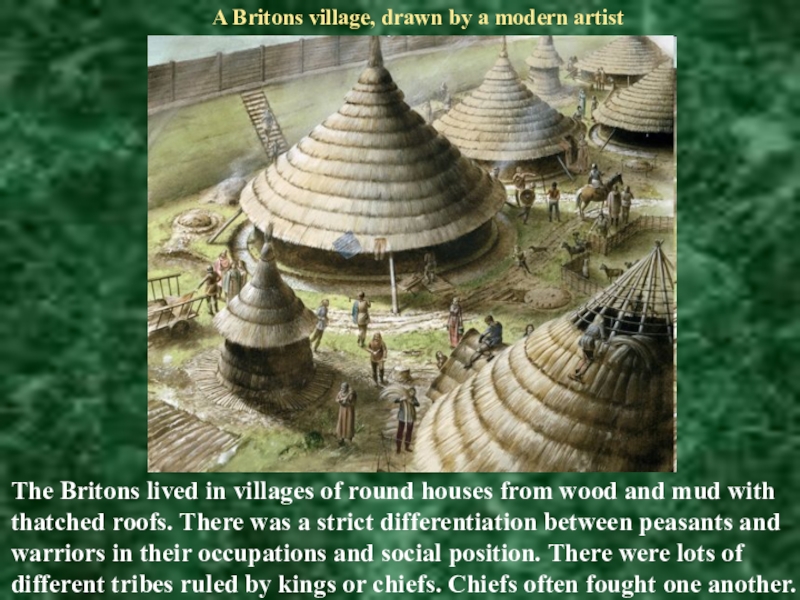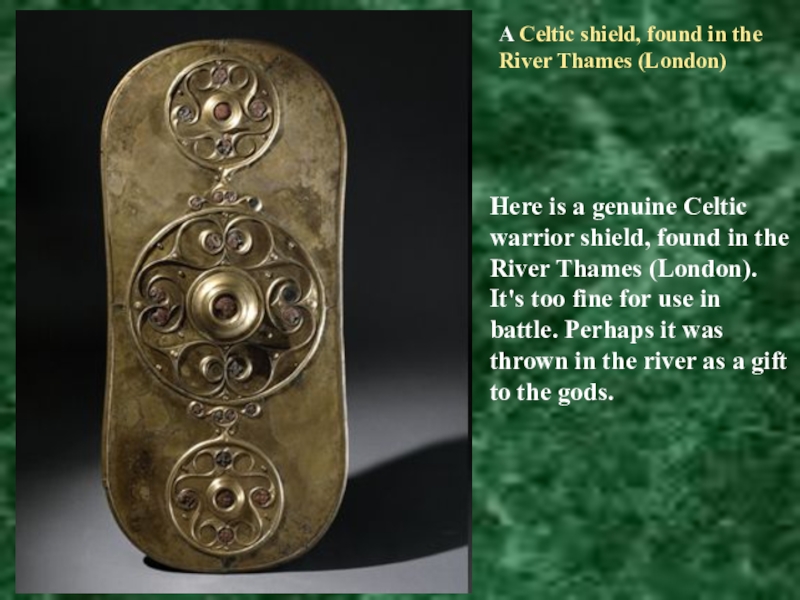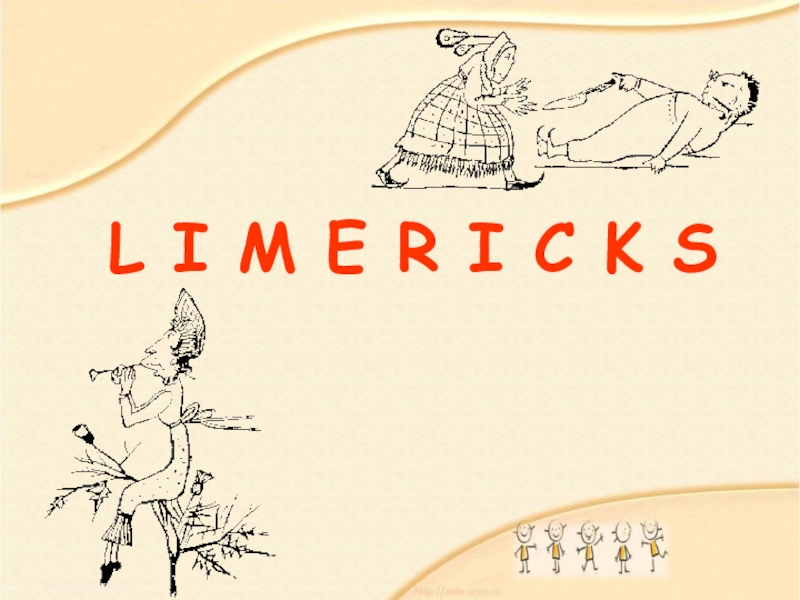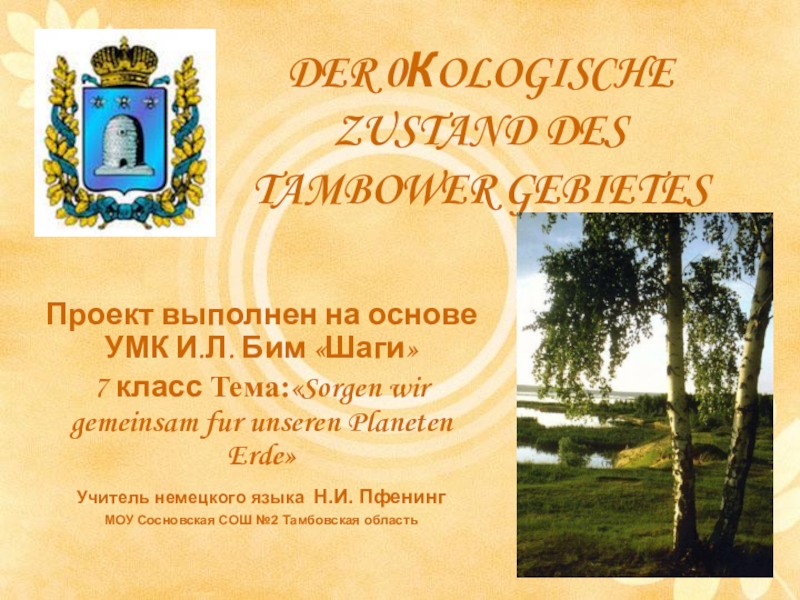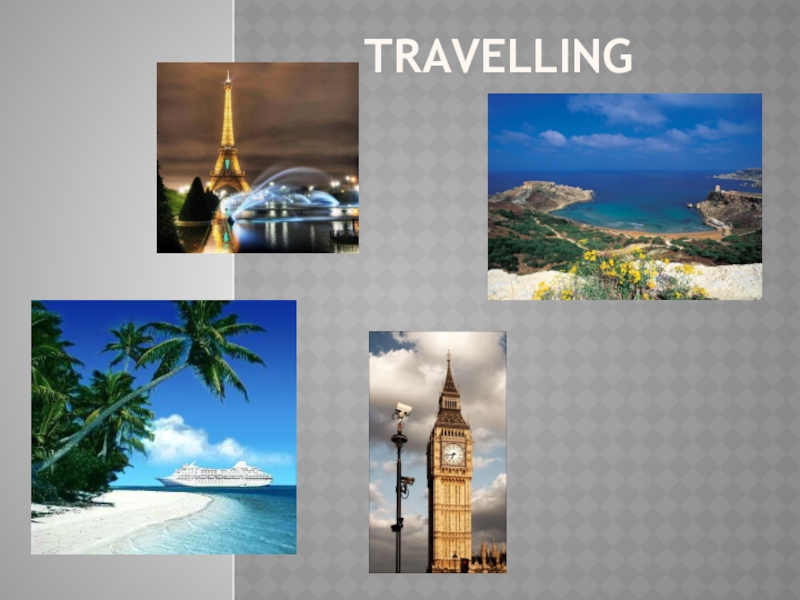- Главная
- Разное
- Образование
- Спорт
- Естествознание
- Природоведение
- Религиоведение
- Французский язык
- Черчение
- Английский язык
- Астрономия
- Алгебра
- Биология
- География
- Геометрия
- Детские презентации
- Информатика
- История
- Литература
- Математика
- Музыка
- МХК
- Немецкий язык
- ОБЖ
- Обществознание
- Окружающий мир
- Педагогика
- Русский язык
- Технология
- Физика
- Философия
- Химия
- Шаблоны, фоны, картинки для презентаций
- Экология
- Экономика
Презентация, доклад по английскому языку История Великобритании ч1
Содержание
- 1. Презентация по английскому языку История Великобритании ч1
- 2. Pre-Roman Period
- 3. Great Britain in the mid-late 5th century
- 4. They were the Celtic people living in
- 5. That primitive society had a warrior class.
- 6. Bronze Age Britons practised the art of
- 7. A mysterious race of ancient Britons who
- 8. Ancient Britons were ruled by a class
- 9. Jersey copper token depicting a priest. Currencies
- 10. This Briton Druid Copper Necklace dating back
- 11. There existed a vast system of Druid
- 12. Stonehenge, the most famous prehistoric, mysterious circle
- 13. Construction on the great monument began 5,000
- 14. It is at the centre of the
- 15. Scientists are still amazed at extraordinary mathematical
- 16. Picture of Stonehenge of 1700Stonehenge constructors must
- 17. 17th century depiction of StonehengeRecent studies have
- 18. Image of Stonehenge showing the circular layoutA
- 19. John Constable, Stonehenge, 1836. (Victoria and Albert
- 20. Researcher Tom Brooks analyzed 1,500 prehistoric monuments
- 21. Silbury Hill near Avebury, WiltshireAncient Britons were
- 22. Stanton Drew "The Cove". Situated in the
- 23. A Britons village, drawn by a modern
- 24. A Celtic shield, found in the River
Слайд 3Great Britain in the mid-late 5th century B.C.
Mainly
Mainly Gaelic areas
Mainly Pictish areas
Many centuries ago (about the 4th century B.C.) the country we now call England was known as Britain, and the people who lived there were called Britons (sometimes Brythons).
Слайд 4They were the Celtic people living in Great Britain from the
Слайд 5That primitive society had a warrior class. They did the actual
Слайд 6Bronze Age Britons practised the art of mummification at the same
Слайд 7A mysterious race of ancient Britons who had much in common
Слайд 8Ancient Britons were ruled by a class of priests called Druids.
Слайд 9Jersey copper token depicting a priest. Currencies of the Anglo-Norman Isles,
They were keepers of all the religious teachings, the tribal history and other knowledge important in Celtic society
Слайд 10This Briton Druid Copper Necklace dating back from the 1st to
This type of necklace was a device that had been used to alter a Druid's voice
They worshipped Gods & Goddesses living in water, stones, trees etc.
Слайд 11There existed a vast system of Druid temples in the south
Слайд 12Stonehenge, the most famous prehistoric, mysterious circle of upright stones in
Слайд 13Construction on the great monument began 5,000 years ago; the famous
Слайд 14It is at the centre of the most dense complex of
Слайд 15Scientists are still amazed at extraordinary mathematical sophistication and engineering abilities
Слайд 16Picture of Stonehenge of 1700
Stonehenge constructors must have had precise astronomical
Слайд 1717th century depiction of Stonehenge
Recent studies have focused on the stone
Слайд 18Image of Stonehenge showing the circular layout
A lot of scientists also
Слайд 19John Constable, Stonehenge, 1836. (Victoria and Albert Museum, London, UK)
The mystery
Слайд 20Researcher Tom Brooks analyzed 1,500 prehistoric monuments across southern England and
Слайд 21Silbury Hill near Avebury, Wiltshire
Ancient Britons were able to travel hundreds
Слайд 22Stanton Drew "The Cove". Situated in the garden of "The Druids
Stone markers on hilltops and natural waypoints let them orient, as if they had satellite navigation maps.
